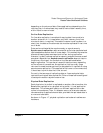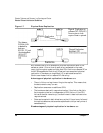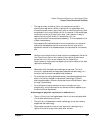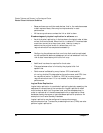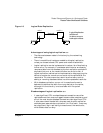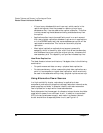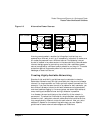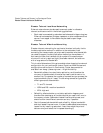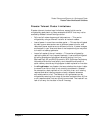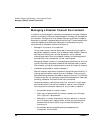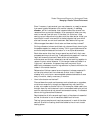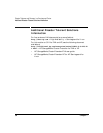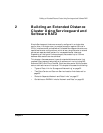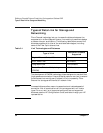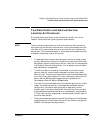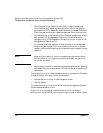
Disaster Tolerance and Recovery in a Serviceguard Cluster
Disaster Tolerant Architecture Guidelines
Chapter 1 47
Disaster Tolerant Cluster Limitations
Disaster tolerant clusters have limitations, some of which can be
mitigated by good planning. Some examples of MPOF that may not be
covered by disaster tolerant configurations:
• Failure of all networks among all data centers — This can be
mitigated by using a different route for all network cables.
• Loss of power in more than one data center — This can be mitigated
by making sure data centers are on different power circuits, and
redundant power supplies are on different circuits. If power outages
are frequent in your area, and down time is expensive, you may want
to invest in a backup generator.
• Loss of all copies of the on-line data — This can be mitigated by
replicating data off-line (frequent backups). It can also be mitigated
by taking snapshots of consistent data and storing it on-line;
Business Copy XP and EMC Symmetrix BCV (Business Consistency
Volumes) provide this functionality and the additional benefit of
quick recovery should anything happen to both copies of on-line data.
•A rolling disaster is a disaster that occurs before the cluster is able
to recover from failure that is not normally considered a “disaster”.
An example is a data replication link that fails, then, as it is being
restored and data is being resynchronized, a disaster causes an
entire data center to fail. The effects of rolling disasters can be
mitigated by ensuring that a copy of the data is stored either off-line
or on a separate disk that can quickly be mounted. The trade-off is a
lack of currency for the data in the off-line copy.



